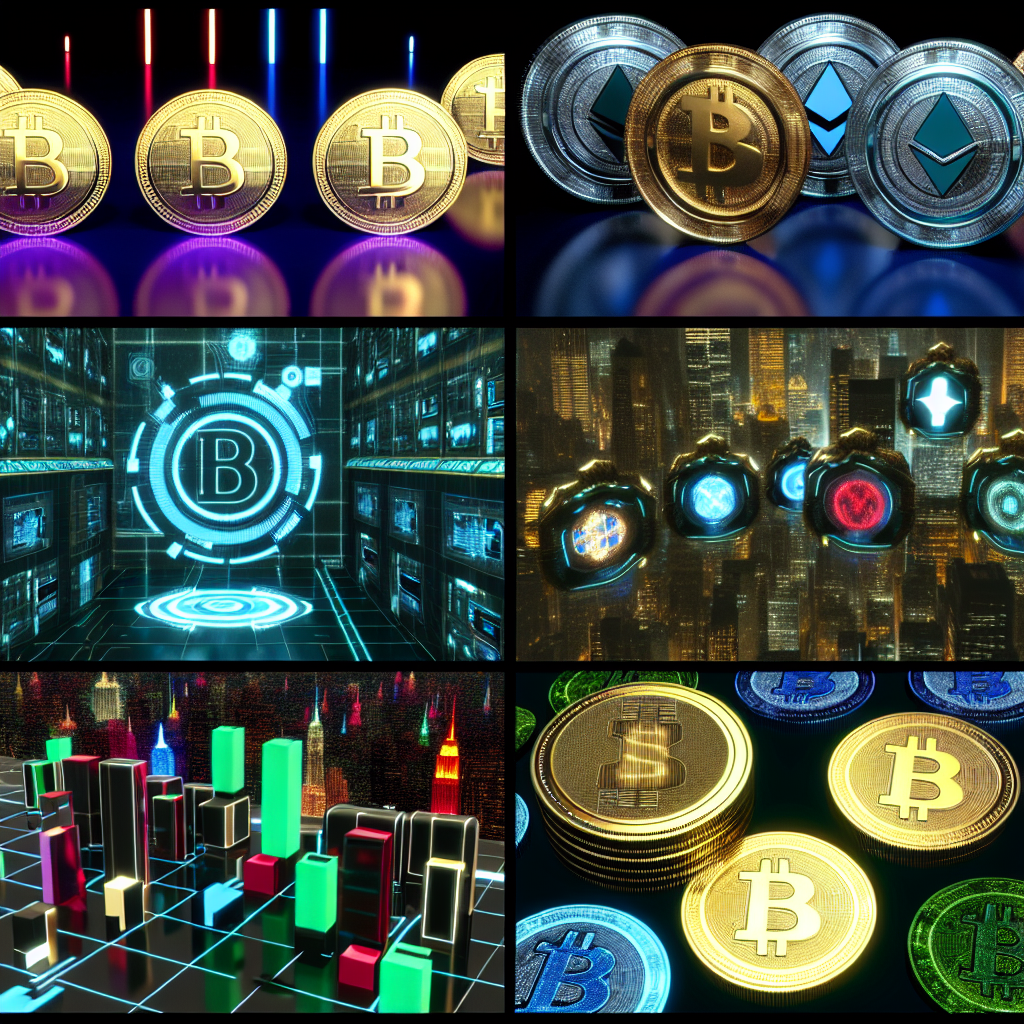NEO: A New Era in Smart Economy
In the dynamic landscape of cryptocurrencies, NEO stands out not just as a coin, but as a robust ecosystem poised to facilitate a smarter economy. Often dubbed “Ethereum of China,” NEO is an open-source blockchain platform that aims to build a scalable network of decentralized applications (dApps) and digital assets. With its innovative approach, NEO offers unique features that set it apart from other blockchain platforms, making it a fascinating subject for exploration.
The Genesis of NEO
Originally launched in 2014 under the name Antshares, NEO was rebranded in 2017 to reflect its broader vision. The founders, Da Hongfei and Erik Zhang, aimed to create a platform that would enable the digital economy to thrive, focusing on the integration of digital assets, digital identity, and smart contracts. By leveraging blockchain technology, NEO aspires to provide a more efficient and transparent economy, aligning with the principles of the Fourth Industrial Revolution.
The Architecture of NEO
At the core of NEO’s functionality is its dual-token system, comprised of NEO and GAS. NEO serves as the governance token, representing ownership of the network and entitling holders to voting rights on protocol updates and changes. On the other hand, GAS is utilized to pay for transaction fees and computational services on the network, creating a clear distinction between governance and utility within the ecosystem.
NEO employs a unique consensus mechanism known as Delegated Byzantine Fault Tolerance (dBFT). This mechanism enhances efficiency and scalability, allowing for high transaction throughput while maintaining security. In essence, dBFT allows NEO to process thousands of transactions per second, which is a notable improvement over many existing blockchain platforms. This scalability is crucial for enterprise-level applications, making NEO an attractive option for businesses looking to integrate blockchain technology into their operations.
Smart Contracts and dApps
One of the most compelling aspects of NEO is its support for smart contracts and decentralized applications. Smart contracts on NEO are written in multiple programming languages, including C#, Java, and Python, making it accessible to a broader range of developers. This flexibility is a significant advantage over platforms that require proprietary languages, as it lowers the barrier to entry for developers who may not be familiar with blockchain-specific programming.
The NEO Virtual Machine (NeoVM) is a key component that allows these smart contracts to execute on the blockchain. NeoVM is designed to be lightweight and efficient, ensuring that smart contracts can run seamlessly. Additionally, the platform supports off-chain computation, which enables complex calculations to be performed outside the blockchain, further enhancing its efficiency.
Digital Identity and Asset Management
NEO places a strong emphasis on digital identity and asset management. The platform facilitates the creation of digital identities that can be tied to real-world entities. This feature addresses one of the major challenges in the blockchain space: the assurance of authenticity and verification. By integrating digital identity into its framework, NEO allows for greater trust and transparency in transactions, which is particularly important for businesses and regulatory compliance.
Furthermore, NEO enables the tokenization of assets, allowing users to create and manage digital assets on the blockchain. This capability opens up new possibilities for businesses and individuals alike, as it simplifies the process of asset transfer and ownership verification. By providing a platform for secure and efficient asset management, NEO aims to bridge the gap between traditional finance and the digital economy.
Interoperability and Ecosystem Growth
In an increasingly interconnected world, interoperability between different blockchain platforms is essential. NEO recognizes this need and has actively pursued partnerships and collaborations to enhance its ecosystem. The platform supports cross-chain communication, allowing it to interact with other blockchains, such as Ethereum and Bitcoin. This interoperability not only increases the utility of NEO but also fosters a more collaborative environment within the cryptocurrency space.
The NEO ecosystem continues to grow, with numerous projects and initiatives emerging to leverage its capabilities. From decentralized finance (DeFi) applications to non-fungible tokens (NFTs), NEO is positioning itself at the forefront of innovation. The NEO Foundation actively supports developers and entrepreneurs through grants and resources, further encouraging growth and expansion within its ecosystem.
Community and Governance
A strong community is vital for the success of any blockchain project, and NEO has cultivated an active and passionate user base. The platform employs a decentralized governance model, allowing NEO token holders to participate in decision-making processes regarding the future of the network. This democratic approach fosters a sense of ownership and responsibility among community members, driving engagement and collaboration.
The NEO Council, composed of community representatives, plays a crucial role in guiding the platform’s development and ensuring that it aligns with the needs of its users. Through regular voting and discussions, the community can influence the direction of NEO, making it a truly decentralized project.
Challenges and Future Prospects
Despite its innovative features and growing ecosystem, NEO faces challenges inherent to the cryptocurrency landscape. Competition from established platforms like Ethereum, as well as emerging contenders, poses a constant threat. Moreover, regulatory scrutiny surrounding cryptocurrencies continues to evolve, influencing the development and acceptance of blockchain technologies.
However, NEO’s commitment to building a smart economy and its proactive approach to addressing challenges position it favorably for future growth. The ongoing development of its platform, coupled with strategic partnerships and community engagement, ensures that NEO remains relevant in the rapidly changing blockchain environment.
Conclusion
NEO represents a significant advancement in the realm of blockchain technology, combining digital identity, smart contracts, and asset management into a cohesive ecosystem. Its unique features, such as the dual-token system and dBFT consensus mechanism, set it apart from competitors while enhancing its scalability and efficiency. As the world continues to embrace digital transformation, NEO stands as a promising contender in shaping the future of the smart economy. The journey of NEO is just beginning, and its potential is limited only by the imagination of its community and the advancements in blockchain technology.


